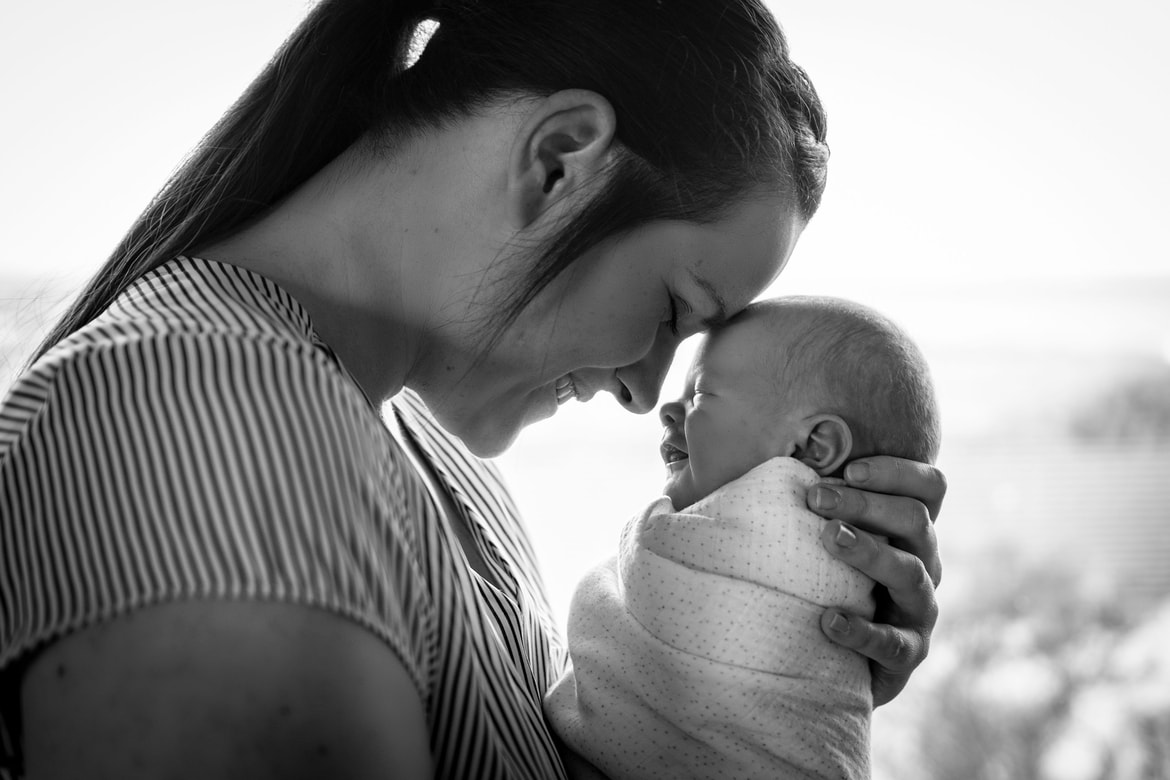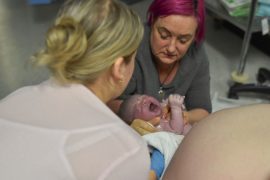By Belinda Haan
Who am I now?
Will I ever be me again?
Will I ever matter?
How long until things return to normal?
Will I ever have space for me?
Is it wrong that I want more from life than mothering?
These are questions that I have asked myself and that I hear regularly from mothers I support.
One of the biggest psychological challenges we can experience through motherhood is in times of transition. The transitions that can occur can be major developmental shifts (such as Matrescence) and can also be the transition back to work, to childcare or school for our children and even at the birth of subsequent children.
All of these transitions touch on our identity or sense of self in some capacity.
One of the psychological frameworks I used in my former executive coaching career is William Bridges’ Transition Model. This model is equally applicable to motherhood as it nicely conceptualises the psychological process we go through including the disintegration and reorientation of our identity. There are three psychological processes in any life transition:
- Endings: Letting go of the old situation and identity that went with it and the grief over the endings.
- Neutral Zone between their old and new reality that may still be very unclear. It is a time where hope and despair oscillate, and it can feel so uncomfortable that all we can do is go through the motions. It is also where reorientation happens. It is where we learn more about ourself and what we want from life and how to integrate mothering with being our whole self.
- Creating a new beginning that is much more than simply a new start. It involves developing new skills, new relationships, and becoming comfortable in the new rhythm and way of being. It can feel like our rebirth.
It can bring much relief to learn more about what is expected and, I have provided more detail on each stage below.
Endings
In this first stage, there is a letting go of the old situation and identity along with natural grief over the endings.
There are three core aspects of this stage:
- Disengagement: a separation from the world and life that used to exist. This may include a feeling that we took the old life for granted. If we are deeply identified with the person we used to be, this can be a painful separation. For example, I was very identified with my role as a career woman, and it was painful for me to separate from this (temporarily), as I got so much satisfaction and confidence from this identity. Typical mourning behaviours can arise in this time: denial, anger, bargaining, grief and despair that happens right before acceptance.
- Disidentification: the old identity must go to create space for the new identity to emerge. This can be both painful and confusing. We can grasp onto our old self and feel like we are just waiting for the time when things can go back to normal. The empowering gift is that the new identity (once we allow space for it) can be more aligned and connected to the true, deeper self than ever before. Just like an adult doesn’t want to return to a child again after adolescence, the woman does not want to go back to her pre-mother self permanently (temporarily, yes, a million times yes!).
- Disenchantment: what used to make sense does not make sense anymore. This can be a painful realisation. We may have come into motherhood or this particular season with ideas about what we thought motherhood would be like, what we imagined we would get from this stage and how capable we believed we would be in navigating it to our ideal standards. We can be alarmed that the previous skills and tools that we used before motherhood no longer work, and in fact can become weaknesses (e.g. perfectionism, high demand for organisation and control). We can feel resentment and bitterness here, and the only way through is to allow the grief, disappointment and whatever else arises to be here.
Neutral Zone
The mourning for what has been lost, the confusion over identity, and the bitterness of disenchantment will flare up periodically like an underground fire that can only burn itself out.
William Bridges
This is the space between our old reality and a new reality that will still be very unclear and uncertain. It can feel like no-man’s land. It is empty and can also feel dark. It is the wilderness between the endings and beginnings. It is a time where hope and despair oscillate, and it can feel so uncomfortable that all we can do sometimes is to put one foot in front of the other.
It is also where reorientation happens. It is where we learn more about ourself and what we want from life and how to integrate mothering with being a whole woman.
In a society that reveres instantaneous progress, the neutral zone calls for a slower pace, space and patience.











